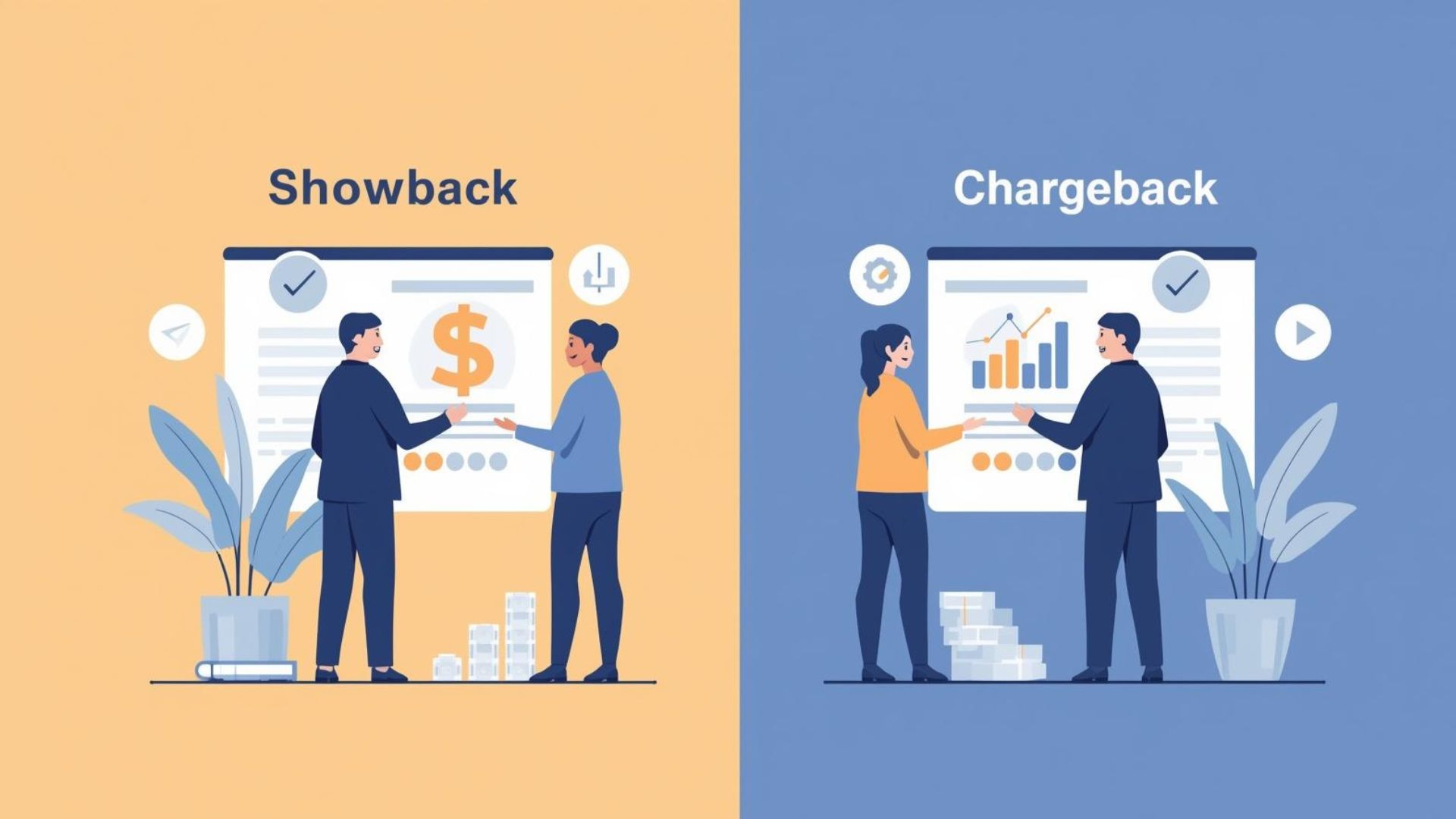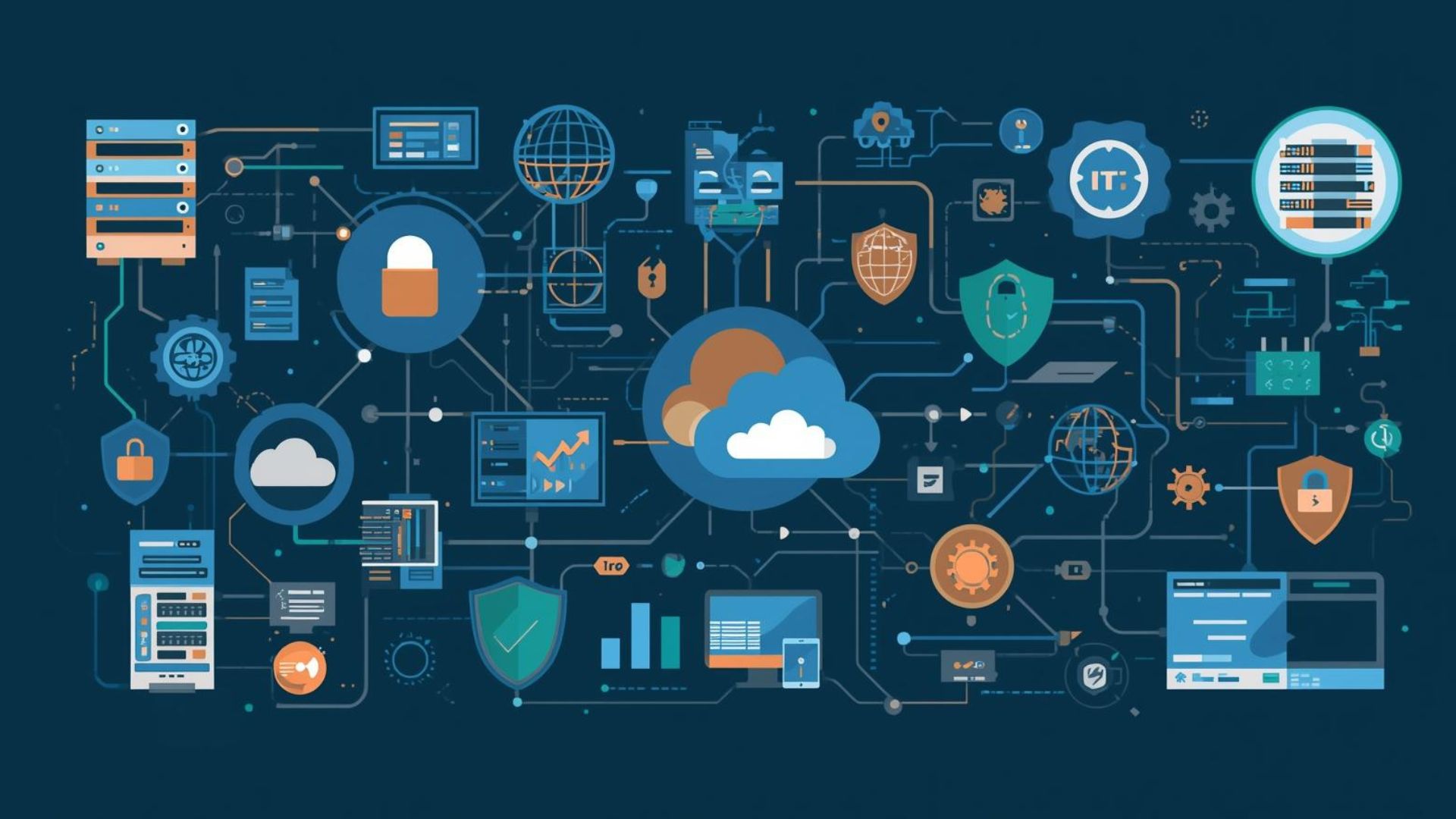Share this:
Posted in:
UncategorizedI have been asked many times “what is new in Visual One5”? This is a great question, but sometimes the simple words don’t fully describe the impact of what is being provided. The “big idea” behind Visual One 5.0 is SINGLE PANE OF GLASS FOR ALL THINGS INFRASTRUCTURE.
This picture describes the current capabilities of V5 – but this picture does not tell the whole story. Previous versions provided a single dashboard, but this dashboard only contained storage content.
With V5 you also get:
- Automated data collection and analysis of non-storage devices in the data center
- VMware
- Physical hosts (AIX, Linux, Windows, iSeries)
- Hyperconverged Devices (Nutanix
- Specialty devices
- Hadoop Clusters
- Oracle Exadata DB storage
- Oracle ZFS File Sharing devices
- Backup Servers(TSM & Avamar currently)
- SAN Switches
- Brocade & Cisco
- Cloud Data Stores
- Amazon, Azure
- Enterprise-wide File Analysis
- Collect and see but individual and collective analysis over time
- Dashboards for each of these new devices or classes of device
- Full dashboard summarizing each environment “in total” and the ability to drill into each specific instance and see current usage as well as trends over time
- Data Integration across these different devices
- For example the ability to see at the individual host level
- Hosts/ SAN Switch Ports/Storage array ports
- See trends on both Storage and Host side to assist in rapid problem determination and trend analysis
- The ability to integrate the data from these disparate devices is what makes Visual One special – because no work is required to collect the data and it is all integrated into a single data base structure for:
- Rapid retrieval and analysis
- Trend analysis
- For example the ability to see at the individual host level
Most IT organizations do this work manually, when needed or not at all, or they pay millions of dollars to implement large complex tools that require a dedicated staff at the customer location. Visual One automates the data collection across all environments, normalizes the data in a relational data base and once stored our imagination is the only limiting factor.
This is not the complete list of new features in Visual One – this is just the “non-storage” related items. These added capabilities greatly enhance the customers ability to manage their infrastructure from a single pane of glass and easily access:
- How resources are being used
- Storage as well as compute
- Ability to see high level (business area) trends as well as the ability to drill into the details at the individual storage array, physical host or VM
- Have the ability to cross reference data from different/disparate devices
- Error trends across different devices and see host, storage and switch trends
- This facilitates when unexpected events occur the ability to find the source of the issue rapidly and then resolve as appropriate
- Business analysis
- The ability to see your IT trends grouped at a business level and to be able to see this across all IT resources within the data center
Visual One5 – the foundation for managing data center infrastructures efficiently – more than just storage. (Visual One – Visual infra-Structure Analysis)
Written by: Van Symons, CTO



